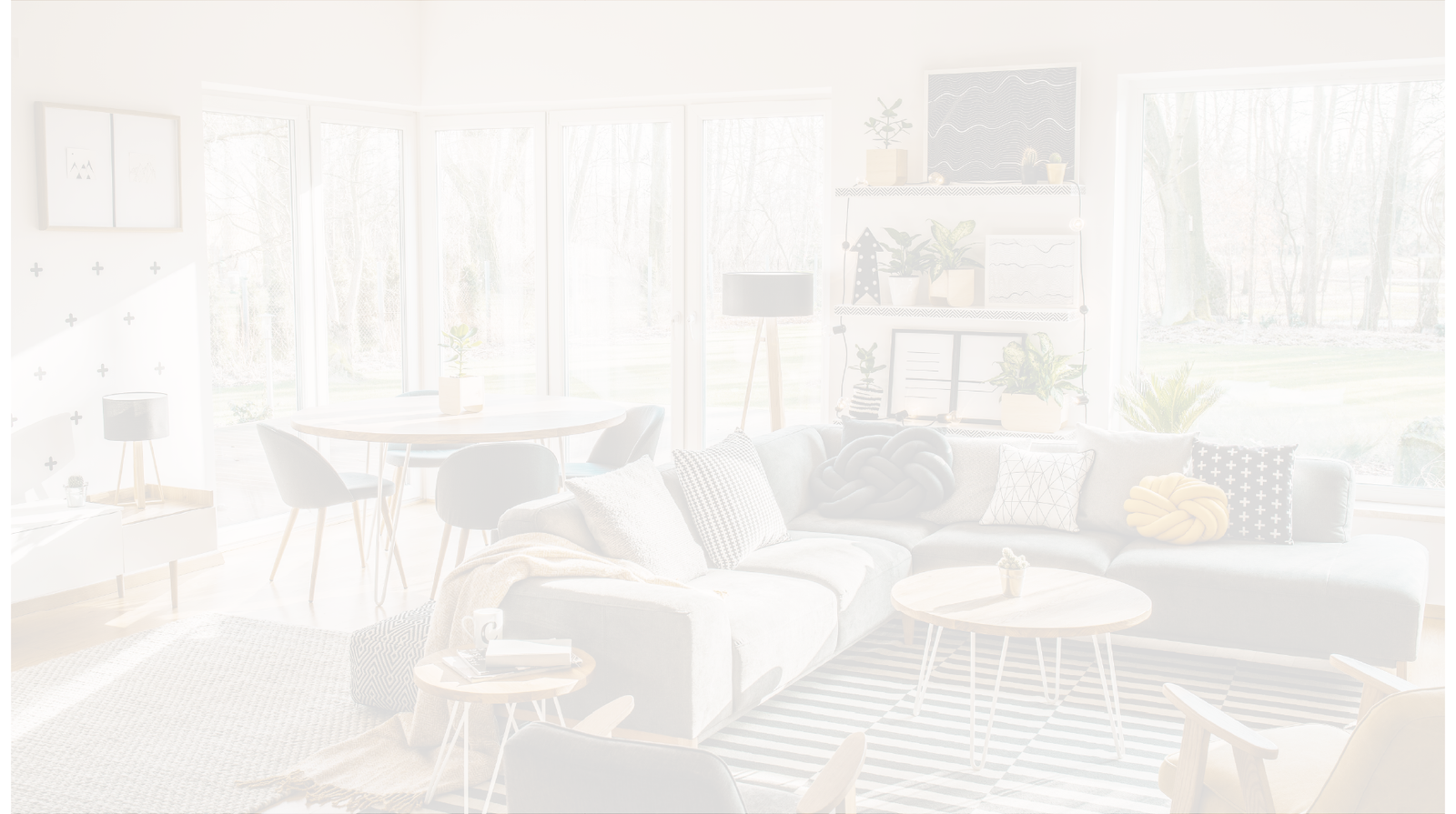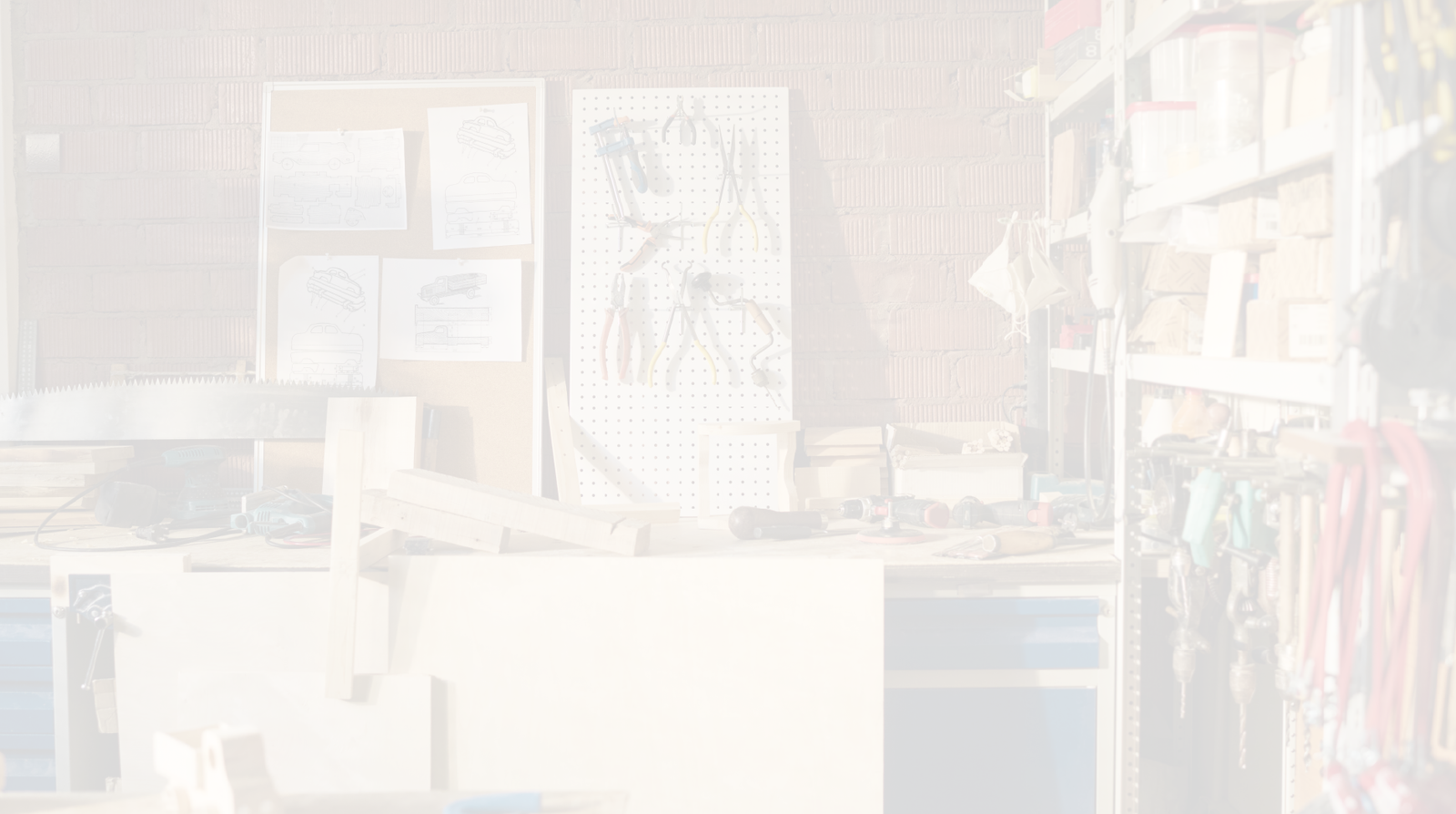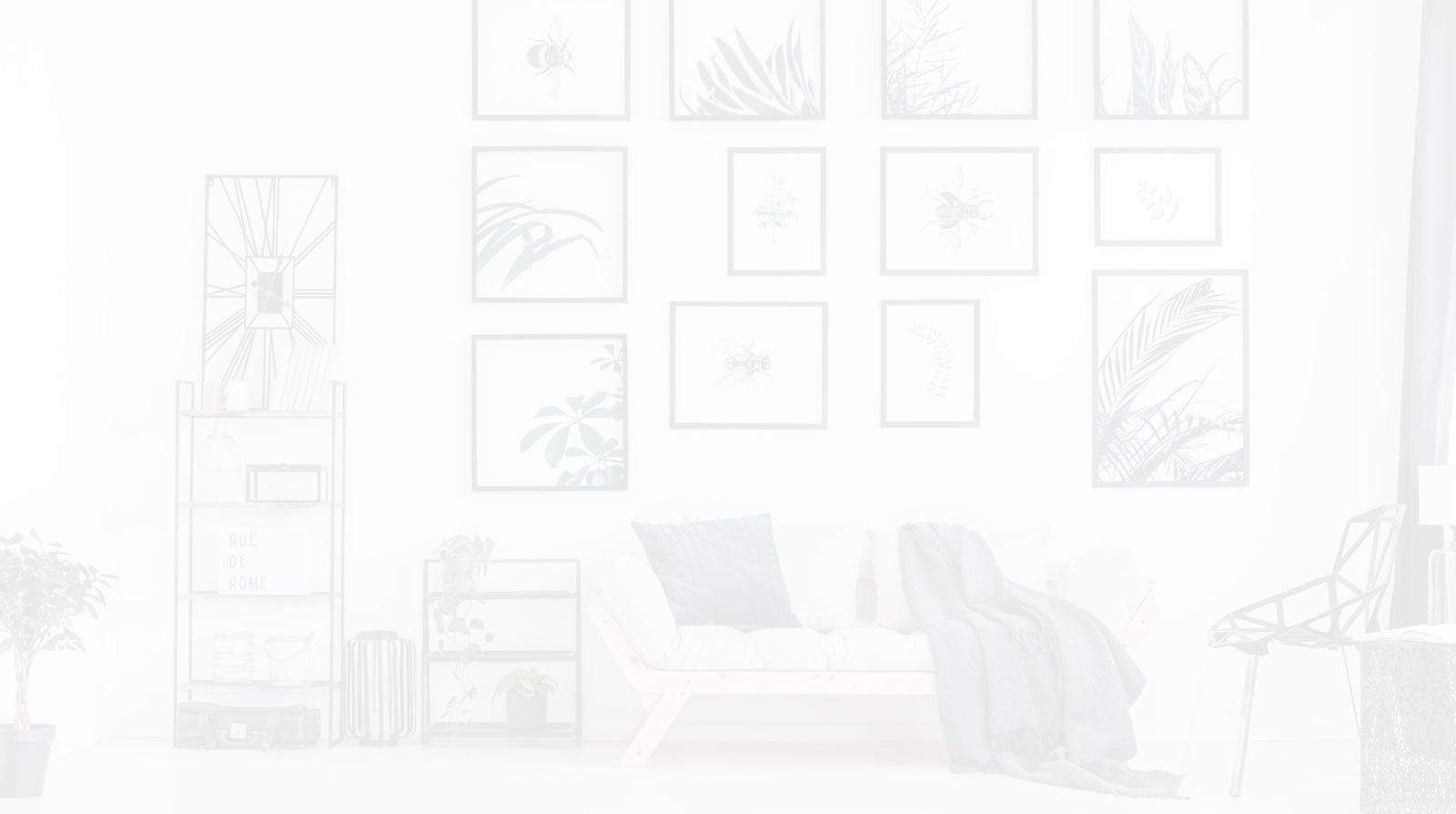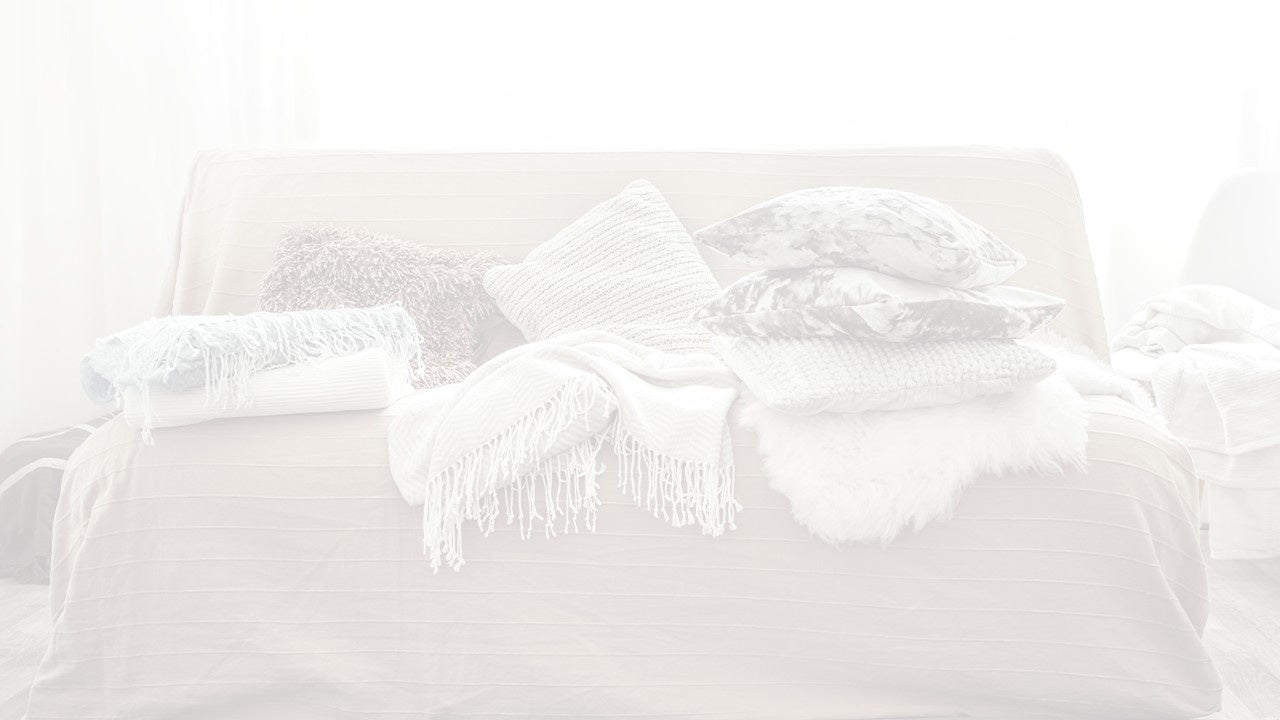As part of our living and working spaces, our furniture serves as companions in our day-to-day lives. We sleep on our beds, store toiletries in the bathroom cabinet, manage our work at a work desk, sit down on a dining chair during mealtime, and relax on the couch with the television on a media console. But as we go through our daily routines, we might encounter a hitch caused by our furnishings—a wobbly chair, scratches on the floor, loud slams from the kitchen cabinet.

What should you do when you find yourself facing these problems, causing a mild inconvenience at best and a disruption at worst in your daily life? In this article, we’ll list down every one of these furniture issues that you may be surprised are pretty easy to handle, so much so that you can fix them yourself!
We’ll also guide you through each simple solution and the tools you can use to address the problem effectively. The tips and answers you’ll learn for each malady will bring a new life to your cherished pieces, and in extension, your space.
Roll your sleeves up and let’s begin!
The Simple Art of Furniture Revival: 7 DIY Maintenance Solutions
Most of our furniture woes are caused by two things: time and taste. Some issues are more severe than others, but you’d be surprised how a coffee table falling apart at the seams can be quickly fixed up using one or two tools.
Whether it’s a piece you love that has deteriorated over the years or a drawer that doesn’t open as quickly as you’d like, don’t throw it away just yet. With this guide, you can restore them to their former glory, improve their functionality, and avoid the cost of getting a replacement. Moreover, as you take on a more active role in caring for your space and everything in it, you can further develop the value you attach to it, including your furniture.
1. Loose Joints/Wobbly Legs: Corner Braces

Imagine coming home after a long day, getting ready to have some me time, and settling down into your favorite chair. Then creak—you hear the sound at the same time your seat wobbles, and your night is ruined. If you run into this problem, which is often a decline in your furniture’s sturdiness due to age or subpar quality, there are a few fixes you can turn to. If the damage is minor, glue the loose joints back together using wood glue. This may be enough to address the issue, but if not, install a right-angle corner brace. Position the brace on the loose joint and drill pilot holes before securing it (forgoing the pilot holes will risk splitting the wood). If the corner brace is exposed, you can paint it to match the rest of the table or chair. You don’t have to wait for your furniture to deteriorate either—reinforce the corners of tables, cabinets, chairs, and other furniture with braces before their joints get the chance to loosen.
2. Unsightly Upholstery: Upholstery Pins and Tacks

Upholstered furniture like beds, sofas, armchairs, and dining chairs undergo wear and tear, no matter how moderate or gentle our treatment of them is. The fabric or leather may come off, cushions may sag, and chair covers or bed skirts may slip out of place, and none of it looks pretty. Secure any unruly or unfixed bedding, furniture covers, and other upholstery in place with upholstery pins or upholstery tacks. We recommend the pins for discreet adjustments and upholstery tacks for remedies that are visible.
3. Sticky Drawers: Drawer Glides
Perhaps a furniture issue that is easily forgettable but really annoying in the moment you’re dealing with it is a drawer that never opens smoothly. This usually leads to more force applied when we push or pull, and that, in turn, can accelerate wear and tear on the furniture, or even do real damage.

Drawer glides are conveniently designed to put an end to this sticky situation, so to speak. They come in a compact size and fit in any standard drawer. Just position one on the problematic side of a drawer and hammer gently into place. With a stopper installed, the friction from pulling and pushing is reduced, and so is the noise produced during the struggle to open and close.
4. Cabinet Door Slams: Bumpers
Speaking of noisy furniture, you might be familiar with powerful cabinet doors that close with a bang even from a gentle push or nudge. If you’re tired of the whole row of cabinets shuddering from the movement, not to mention being startled by the noise every time, meet cabinet door bumpers, your best bet for shushing these loud doors.

Bumpers, also known as spacers, are used to push a picture from the wall and create a wider gap between them. But these little adhesives are also wall protectors, furniture feet, and cabinet door silencers. Stick cabinet door bumpers to one or two corners of a cabinet door opening and voila—instant muffled slams. Even some soft-close cabinets can benefit from this quick fix.
5. Abrasive Furniture: Tack Glides, Bumpers
What do the floor of a busy room and a cat owner have in common? Scratches, and lots of them. The feet on your furniture are more abrasive than you might think, and the more you move furniture around, the more scuffs and scratches they make on your floor. Some floors may be better at disguising these scrapes, but on darker-toned hardwood or tile floors, for instance, these are much more pronounced and hard to miss.

Furniture like stools, dining chairs, and coffee tables are constantly being moved around throughout the day, so attach tack glides to their feet to minimize floor scratches. You can also opt for felt bumpers, which can serve as a cushion for your furniture. When moving heavy furniture, these tools are also helpful for preventing any dents in the floor, keeping it smooth and scratch-free. In the meantime, treat existing scratches by sanding them down and applying wax or polish, or a filler for deeper marks.
6. Tabletop Scratches: Bumpers
We’ve tackled floor scratches, but what about scratches on the surface of tables, desks, countertops, etc.? As we advise in number 5 for floor scratches, address any existing marks by lightly sanding the affected area. If it’s a minor scratch on wood, you can also try applying a mixture of one part vinegar and two parts olive oil. But if you’re dealing with a dent or the damage is too deep, add a filler and stain after sanding the spot.

For this furniture woe, we also highly recommend bumpers as an additional protective measure. These sticky little things are not just great for silencing door slams, but also function as surface protectors. Attach them to the bottom of tabletop decor and items, like vases, plant pots, keyboards, laptops, fruit baskets, and cup racks.
7. Uneven or Low Furniture: Furniture Leveler

To add to the topic of furniture feet, have you ever had a piece of furniture that was unstable or rested unevenly on surfaces? Or maybe you wanted it on a floor that was slightly sloped? The solution to this unevenness is a furniture leveler. These are essentially furniture feet that allow you to adjust the height of each table or cabinet leg to as much as an additional 1 ¼ inches. Not just light furniture, but bulkier wardrobes or dressers, too, with each leveling foot supporting up to 100 lbs of weight. Furniture leveling feet are also a great solution for when you just want to elevate your table or desk to be more productive, prevent accidents, or enhance aesthetics in your space.
Final thoughts
From a wobbly dining table to noisy cabinets to a work desk that’s too low, issues with our furniture, whether big or small, can affect the way we go about our day. But each of these hiccups can be smoothed over without you calling in a repair person or parting with a well-loved piece of furniture. The result? A home or workspace that is curated and cared for by you with the greatest level of attention. Beyond the practical, caring for our furniture also means preserving our memories with them and upholding their role as witnesses to the important moments and mundane days in our lives.
What other easily fixable furniture problems have you encountered and how did you solve them? Share your thoughts in the comments!





Leave a comment (all fields required)